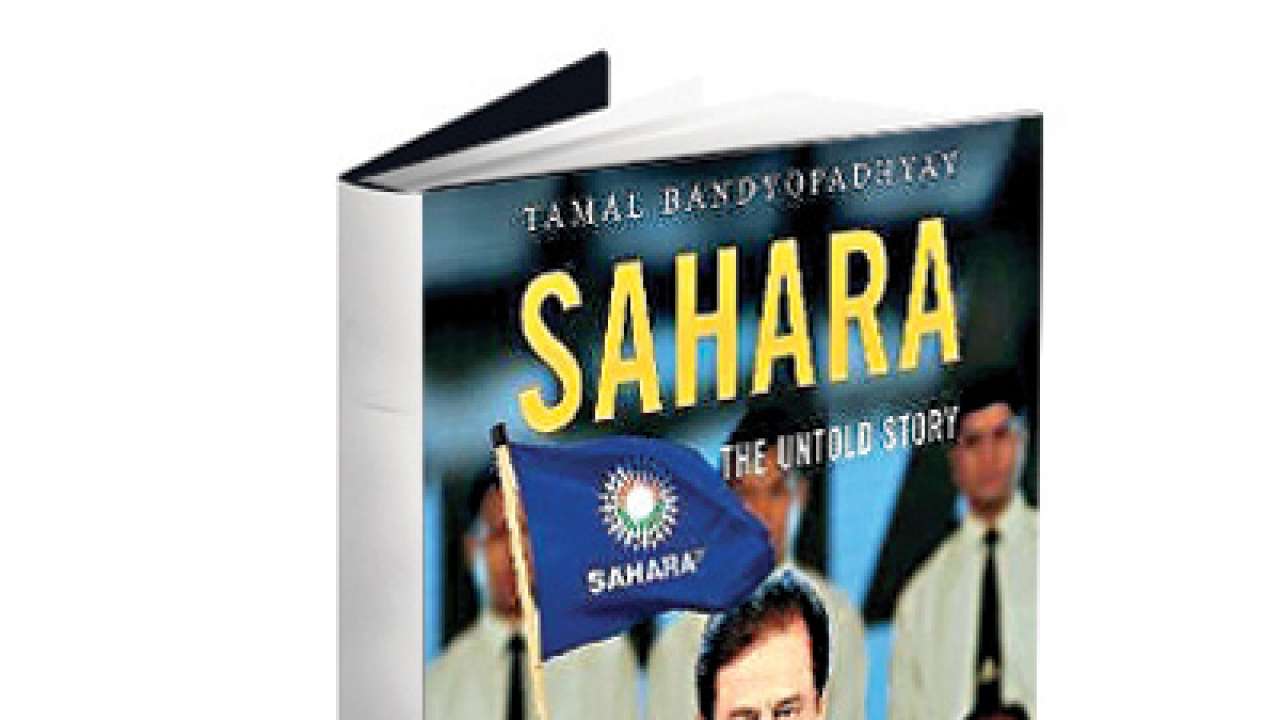
Book: The Untold Story
Author: Tamal Bandyopadhyay
Publisher: Jaico
Pages: 412
Price: Rs 450
Tamal Bandyopadhyay's Sahara: The Untold Story offers valuable insights into how a company once given a long rope by regulators and allowed to grow "too big to fail" was finally reined in amid no-holds-barred backroom and legal battles. The book was to have come out in December 2013, but Sahara approached the courts alleging defamatory content. It was finally released in June 2014, but with an ungainly disclaimer by Sahara prominently printed on the book's jacket and the first few pages.
In the months since Bandyopadhyay's book went to print, much has happened to Sahara, with chairman Subroto Roy being in jail since March and the Supreme Court censuring him for disobeying SEBI (Securities and Exchange Board of India) and court orders since August 2012 to repay Rs17,400 crore, plus interest, to "investors" and for pursuing frivolous litigation. Much has changed, indeed, from the time when Roy used to be written about favourably in the media.
The book begins with a peek into Sahara's grandstanding: organising the world's largest assembly of people to sing the national anthem at Lucknow in May 2013 and ferrying 127 trucks carrying 31,000 metal trunks of documents to SEBI after the August 2012 Supreme Court judgment.
But then the author takes a long detour into the story behind the Reserve Bank of India's (RBI) successful closure of Calcutta-based Peerless General Finance and Investment Company, the first RNBC (Residual Non-Banking Company) giant that mopped up deposits from people for decades and managed to stay out of RBI's regulatory ambit. This focus on an entity apparently tangential to the theme of the book slackens the narrative, but the Peerless episode is relevant in understanding how the RBI, under its then governor YV Reddy, tightened its noose around RNBCs like Sahara India Financial Corporation Limited (SIFCL) and devised ways to make them non-viable.
The narrative is laced with anecdotes of internal RBI meetings, detailed descriptions of the roles senior RBI officials played, and intimate accounts of meetings Roy had with top RBI officials – a tribute to the quality of sources that Bandyopadhyay had at the RBI.
Not surprisingly, the account of the Sahara-SEBI stand-off pales in comparison to that of how RBI wound down SIFCL – the book's best and well-researched part. Perhaps it is also because the epic story of how SEBI took on Sahara over its two group companies that raised money through OFCDs (Optional Fully Convertible Debentures) is too recent in public memory and information on this affair is readily available.
While SEBI demanded information on Sahara's OFCD subscribers, noting that nearly Rs38,000 crore was raised between 2005 and 2009 from a large number of persons, Sahara continued to claim that SEBI had no right to seek this information. Though the roles of then SEBI chief UC Bhave and former member KM Abraham in bringing Sahara under the market regulator's ambit are adequately dealt with, Bandopadhyay skims through the more dramatic battles in the Supreme Court.
Despite the painstaking research, top-notch sources and a lucid style that demystifies the highly technical world of banking and finance, Bandyopadhyay's book leaves the most important question – something most readers who pick up this book will want to know– hanging. Did politicians' black money find their way to the Sahara group companies? Other than some tantalising suggestions, the book offers no concrete answer to this question, other than the poor quality of customer information maintained by these companies. Bandyopadhyay also makes the point that "In rural India, Roy is a messiah of the poor who helped them develop the habit of saving" and repeats it a few times. But without interviews with any of these depositors or Sahara's collection agents, the book leaves readers clueless about who were the group's depositors and its beneficiaries.
But the interview with Roy is a delight. Roy's utopia of a world without regulators who would set him free to scout without restraint for business opportunities, is clearly fleshed out in this interview. For the reader, this poses the obvious question of whether such liberties must be allowed with depositors' money.
If there is a moral in this book, it is the importance of business regulators, who are often vilified for applying the brakes on enterprise, but are seldom appreciated and face immense pressures when they hold the brief for public interest and investors.